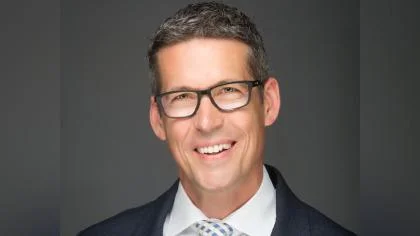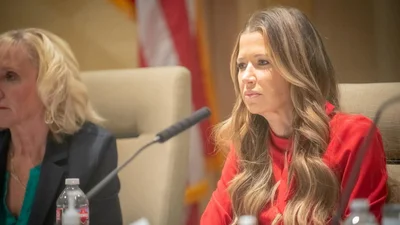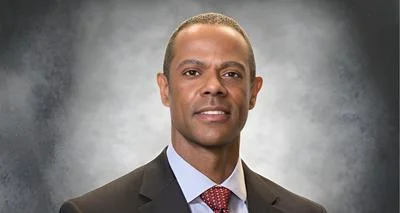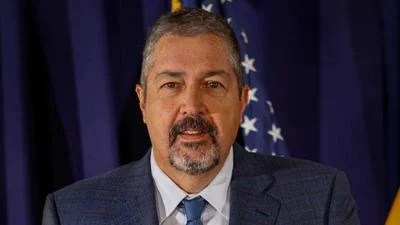Peter Lorenz Chair-Elect Unirac, Inc. | Greater Albuquerque Chamber of Commerce
Nearly 300 business and community members attended the Greater Albuquerque Chamber of Commerce (GACC) Annual Meeting on October 30 at the Sandia Golf Club event center. The meeting featured a keynote address by James Capretta, senior fellow at the American Enterprise Institute, who spoke about health care policy challenges and possible solutions.
Terri Cole, GACC president and CEO, and Peter Lorenz, chairman of the board and Unirac CEO, opened the event by recognizing current members and welcoming new ones. Lorenz highlighted ongoing concerns regarding health care access in New Mexico.
“We recognize we cannot solve a complex problem like health care easily,” Lorenz said. “But we want to start the conversation and educate all the stakeholders on the real facts.”
Capretta’s address, titled “Health Care Policy in a Time of Uncertainty,” examined both national trends and specific issues affecting New Mexico. He pointed out that Medicaid enrollment in New Mexico stands at 34%, higher than the national average of 20%. Health care costs per capita in New Mexico are $8,900, compared to $10,000 nationally as of 2023.
“The uninsured rate in the state is similar to the national average, and Medicare is pretty close to the national average as well,” Capretta explained. “Though the state does have and is not well known as having a somewhat higher retiree population than the national average. So, what does this mean? What is the implication of it? I think it gets to the heart of, can you build a viable delivery infrastructure on an exorbitant amount or a higher than normal amount of public insurance, especially if it’s Medicaid, that to the higher, to the degree that you have more Medicaid and less employer coverage, you’re relying on state reimbursement and state revenue levels and the idiosyncrasies of a political process to provide reimbursement for the provider community?”
Capretta offered several recommendations for improving health care in New Mexico: engaging with policymakers to support business needs; monitoring federal policy changes; reviewing plan designs to encourage use of high-quality providers; and exploring direct primary care options for employees.
He attributed lower per capita spending partly to difficulties accessing care in rural areas. Residents may rely more on emergency rooms due to long travel distances for other services. Capretta said emergency room usage in New Mexico exceeds national averages while nursing home use remains below average.
“People rely more on emergency rooms, and it’s, frankly, too high in the country as a whole, and even in New Mexico, it’s even higher than the national average,” he said. “That’s probably showing a tendency to rely too much on going to the hospital instead of an accessible, direct primary care physician. Somewhere along the way, a big outlier here is nursing homes. I don’t know the answer. I’m sure there’s someone in the room who does, but nursing home use is fairly substantially below the national average here in New Mexico.”
Capretta discussed upcoming federal policy changes affecting Medicaid eligibility requirements starting in 2027. He also mentioned provider tax changes impacting state revenues for Medicaid programs as well as modifications related to non-citizen enrollment rules under recent federal legislation.
The Rural Health Transformation Fund was also highlighted during his remarks. This five-year initiative provides $50 billion for states like New Mexico to improve rural health delivery systems.
“States need to take advantage of this funding to improve rural health care,” he said.
Capretta concluded by encouraging strategies such as price transparency initiatives and reforms aimed at making health care more affordable for employers and employees alike.
“This (health care) debate is never ending,” Capretta said. “In the United States, there’ll be another round. I don’t know when, three, four or five years from now, something will precipitate another big bill and it’s really important for the employer community who has got the workforce in view, has their communities in view, has efficiency and innovation mentality in view, your perspective is vital. So I would encourage you to stay involved.”
A recording of Capretta's presentation is available online.









